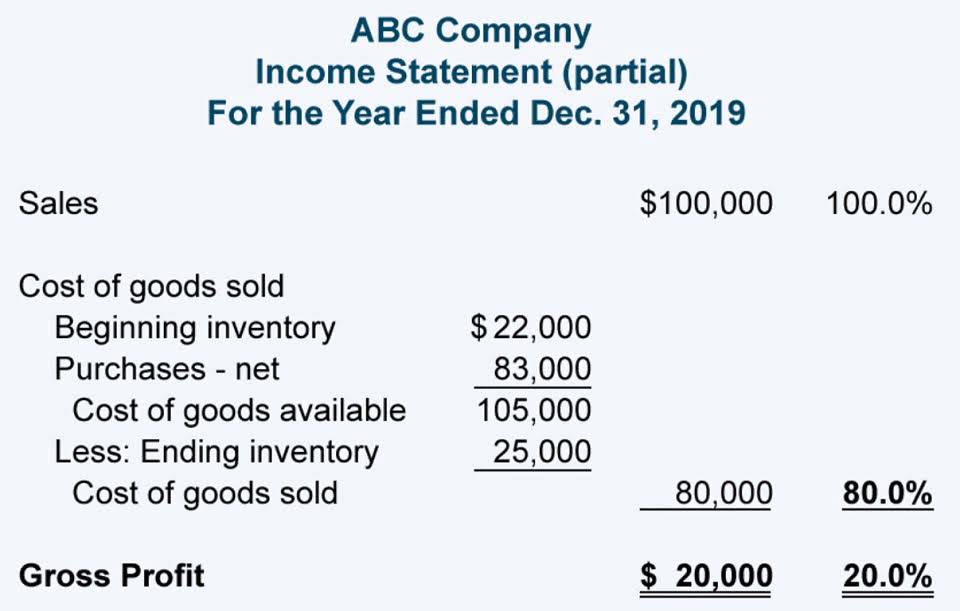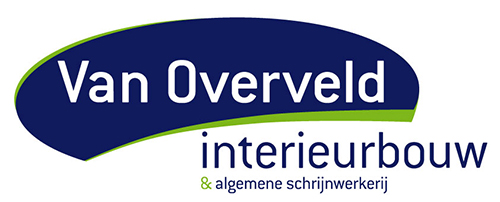
Invoice factoring is also referred to as accounts receivable factoring or debt factoring. Some factoring companies retain a small percentage of each invoice. Triumph Business Capital, however, does not charge a closing fee.
- From the perspective of the borrower, there is a strong incentive to keep customers from knowing about any factoring arrangements, since factoring gives the appearance of the business having shaky finances.
- Thus, an invoice financing company that charges 1% per week would result in a discount rate of 6–7% for the same invoice.
- A portion of the total invoice amount is retained by the factoring company as revenue until the whole amount of the invoice has been paid.
- If your business enters a period of rapid, unexpected growth or runs into some financial trouble, factoring invoices can strengthen your cash flow.
- You’ll need to ensure that the factoring company you choose is ethical, fair, and respectful.
- You can use cash flow forecasting to determine your financial position at any given time — and to effectively prepare for upcoming costs.
Businesses such as startups that might not qualify for traditional business loans and need to secure cash flow quickly can opt for this method. It’s usually fairly easy to get approved for factoring as the funds are essentially being secured by the invoice—approval depends more on your client’s reliability, credit, and payment history. Invoice factoring, also known as accounts receivable financing, is a financial solution that allows businesses to convert 70 percent to 90 percent of unpaid invoices into immediate cash. Its main draw is that it improves cash flow, but businesses can also appreciate that it reduces the burden of collections and helps maintain the healthy working capital necessary for business growth.
Relationship with customers
And when your customer pays the invoice, the factor remits the balance, minus a fee, to your business. Let’s say your small business needs $20,000 to replace some necessary equipment, but you don’t have the working capital to do so. Rather factoring invoices definition than reaching out to a traditional bank for a loan, you decide to take a look at your accounts receivable. Most traditional financing options require significant assets, such as real estate or business equipment, to use as collateral.
- Instead, you’re selling your outstanding invoices to a third party, usually a factoring company, at a discount.
- Sometimes the use of a factoring company can raise questions among your buyers about your financial stability.
- Invoice factoring will give you complete control over your collection service.
- However, non-recourse factoring means that the factoring company accepts those potential losses.
This can make factoring a good option for businesses facing credit challenges or startups with short credit histories. Invoice factoring companies charge different fees but most fall between 0.5% and 5%. If you’re interested in invoice factoring, you can contact a factoring company to get a personalized quote. The exact fee you pay may depend on the invoice volume, your business’ industry and your customers’ creditworthiness, among other factors. When it comes to short-term financing, invoice factoring is one of the most cost-effective methods available.
Doesn’t shift the payment risk.
You agreed to pay 2% per month and your customer took two months to pay, making your fees 4% of the value of the invoice. After your customer’s payment, the factoring company will pay you the remaining 6% of the value of the invoice. When you factor invoices, you can expect to receive about 80% of the value of your accounts receivable upfront. You’ll get the other 20%—minus the factor rate—once the client pays their invoice. Distinguishing between assignment of the responsibility to perform the work and the assignment of funds to the factor is central to the customer or debtor’s processes.

Xero does not provide accounting, tax, business or legal advice. You should consult your own professional advisors for advice directly relating to your business or before taking action in relation to any of the content provided. CO—is committed to helping you start, run and grow your small business.
How do you qualify for invoice financing?
The offers that appear on this site are from companies that compensate us. But this compensation does not influence the information we publish, or the reviews that you see on this site. We do not include the universe of companies or financial offers that may be available to you. Our partners cannot pay us to guarantee favorable reviews of their products or services.

Our experts have been helping you master your money for over four decades. We continually strive to provide consumers with the expert advice and tools needed to succeed throughout life’s financial journey. Bankrate’s editorial team writes on behalf of YOU – the reader. Our goal is to give you the best advice to help you make smart personal finance decisions.
